Steamship buttons
According to Wikipedia (https://en.wikipedia.org/wiki/History_of_steamship_lines), coastal shipping was a very important form of transport in the United Kingdom in the pre-railway era. From 1815, steamships began sailing between Liverpool and Glasgow, and from 1823 companies started to form. At first these were for coastal shipping, then to the Continent, and then to North America. The age of steam shipping lines had begun!
The webpage https://www.bairdmaritime.com/ship-world/dry-cargo-world/history-australian-shipping-the-early-days/ claims steamships started work in Australian waters in 1831, with the first shipping company started by Captain William Howard Smith in 1851. Dozens of shipping companies were soon plying the coastlines and rivers. From the 1870s intercolonial and international shipping would develop. The use of sailing ship in trade started to decline in the 1920s, but steam shipping continued until overtaken by diesel post WW2, although some steam turbine-driven were still built in the 1970s. Rivalry between shipping lines could be fierce, with price cutting and underhand tactics employed. During the world wars ships were requisitioned by the government, with some captured or sunk.
Check out the Australian National Maritime Museum’s online collections for artifacts from shipping companies. https://www.sea.museum/discover/collections
Adelaide Steamship Co.
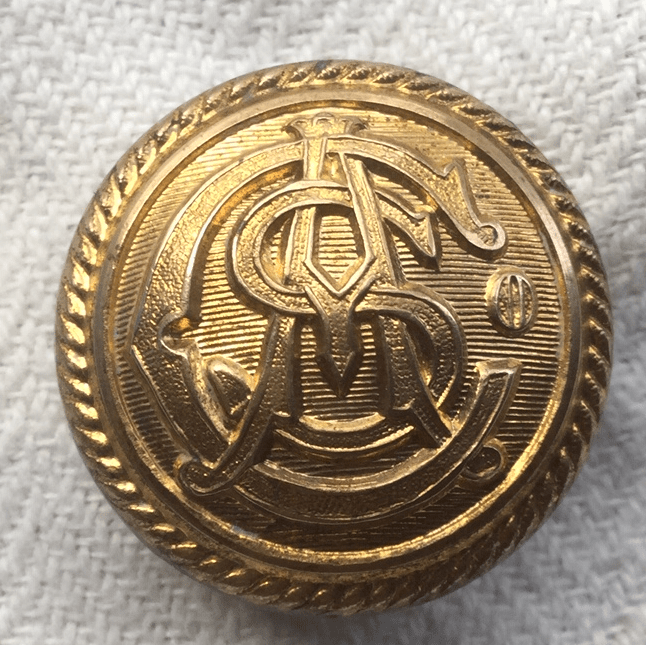
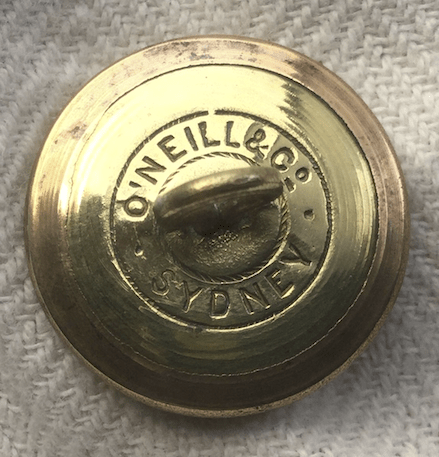
See http://www.austbuttonhistory.com/uniform-buttons-2/companies-and-clubs-including-merchantile-marine/
Huddart Parker Ltd.
https://en.wikipedia.org/wiki/Huddart_Parker
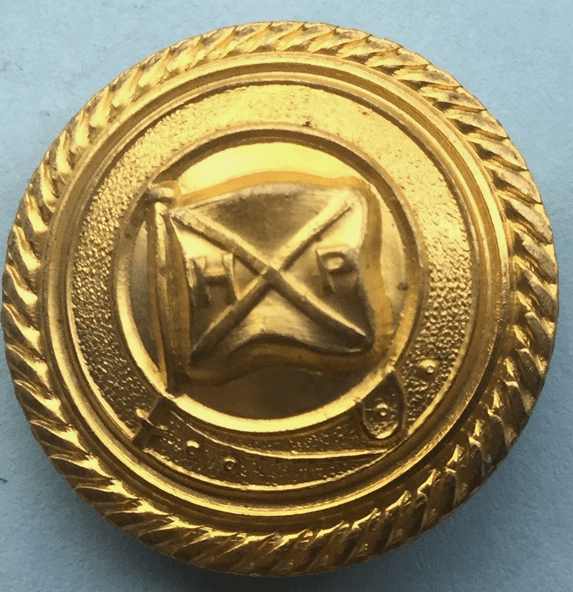
Stokes & Sons Melb
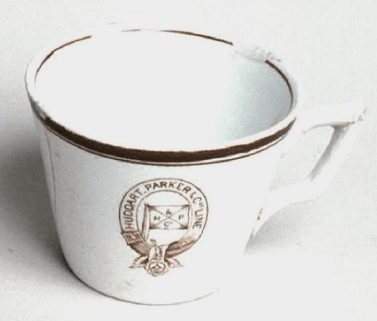
From the Maritime Museum.
Started in Geelong in 1876 by James Huddart, Thomas J. Parker and others as Huddart, Parker & Co. P/L. It moved to Melbourne in 1890.
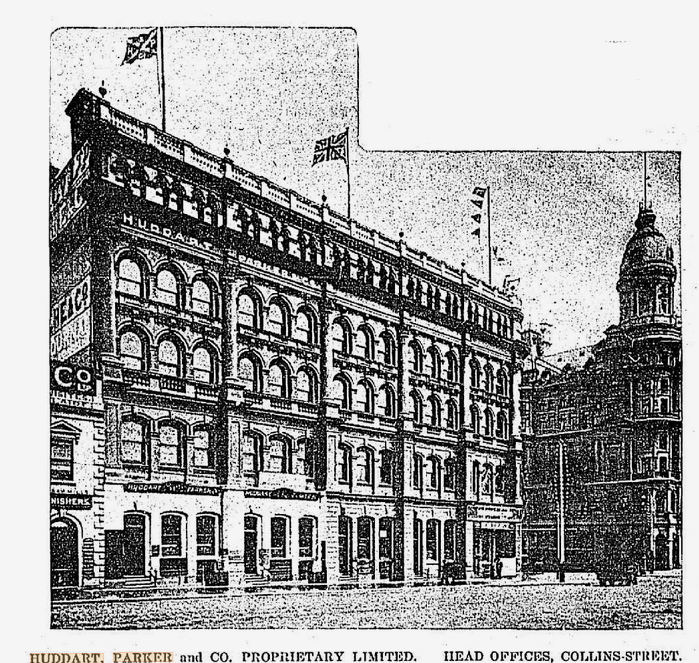
Leader (Melbourne), 1st January 1901 page 79.
It traded the main intercolonial routes as well as to New Zealand with fierce rivalry occurring with other shipping lines. It became a public company in 1911. The firm was taken over in 1961 by Bitumen and Oil Refineries Australia Ltd.
Eastern & Australian Steam Ship Co. (E & A)
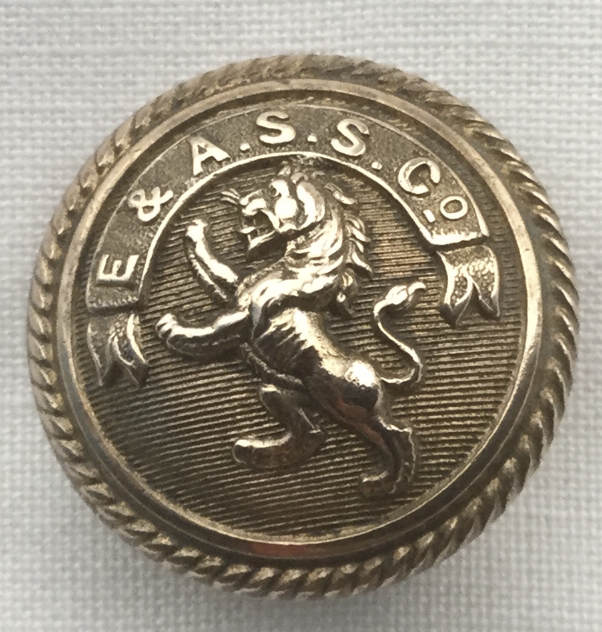
Hughes & Co Sydney. http://www.austbuttonhistory.com/branded-buttons/branded-buttons-tailors-buttons-g-l/

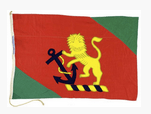
This was originally established in 1873 as the Eastern & Australian Mail Steamship Co. to carry mail between Australia and Asia. When the mail contract was not renewed in 1880, a new company was formed; the Eastern & Australian Steamship Co. Ltd. It was taken over by P&O chairman Lord Inchape in 1918 but continued to run its passenger/cargo liners separately until 1946 when the shares were owned by several P&O subsidiaries. In 1966 it became part of P&O.
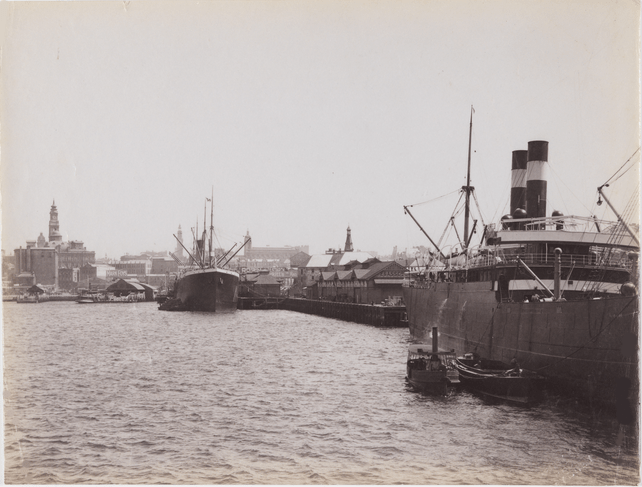
State Library NSW photo collection of Sydney Harbour 1865-1930 File number: FL12037136 File title: 45. [E. & A.S.S. Co. Wharf, Circular Quay]
Union Steam Ship Co.

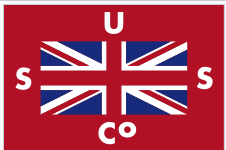
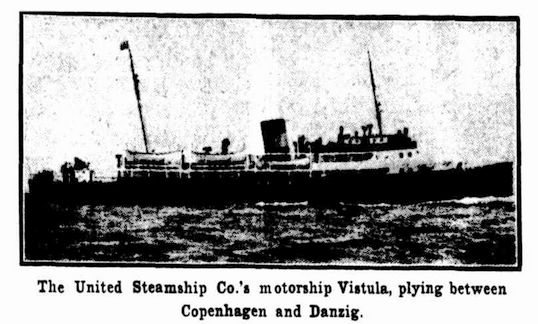
The Brisbane Courier, 30th August 1930 page 9.
Formed in Dunedin in 1875 by James Mills from the Harbour Steam company of his deceased boss. With a growing fleet of modern ships, and by taking over smaller concerns, the firm grew. By 1877 it started trading between New Zealand and Australia, and by further acquisitions, including the Tasmanian Steam Navigation Co. came to dominate the trans-Tasman and Bass Strait trade. It extended to Pacific, transpacific, Asian routes and to Britain. In 1917 Mills sold the line to P&O. This turned out very well for P&O as they (secretly) over many years pulled profits out of the firm to prop up less profitable parts of its business.
In 1971 P&O sold Union off to a consortium including Thomas Nationwide Transport (TNT). Its services were reduced to concentrate on Tasman trade, reducing the company’s scope, then competition would further reduce profitability. Sadly, the once extensive and profitable firm ceased trading in 2000, after 125 years.
Australian Steamships Line
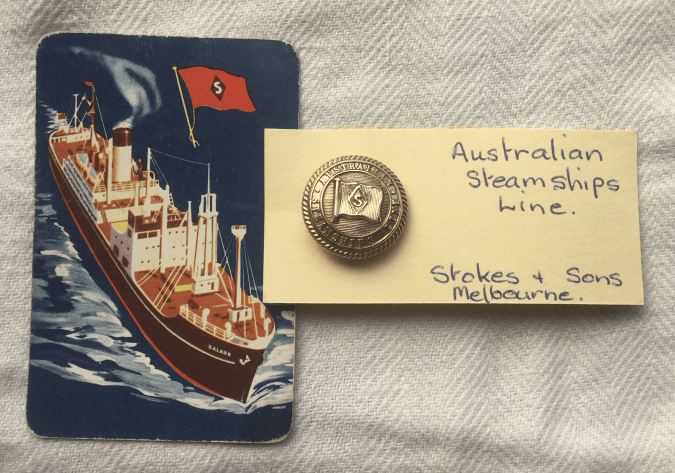
The Australian Steamship line was managed by Howard Smith Ltd., (see http://www.austbuttonhistory.com/uniform-buttons-2/companies-and-clubs-including-merchantile-marine/ ) from around January 1913 until 1938 to cruise Australian coastal waters.
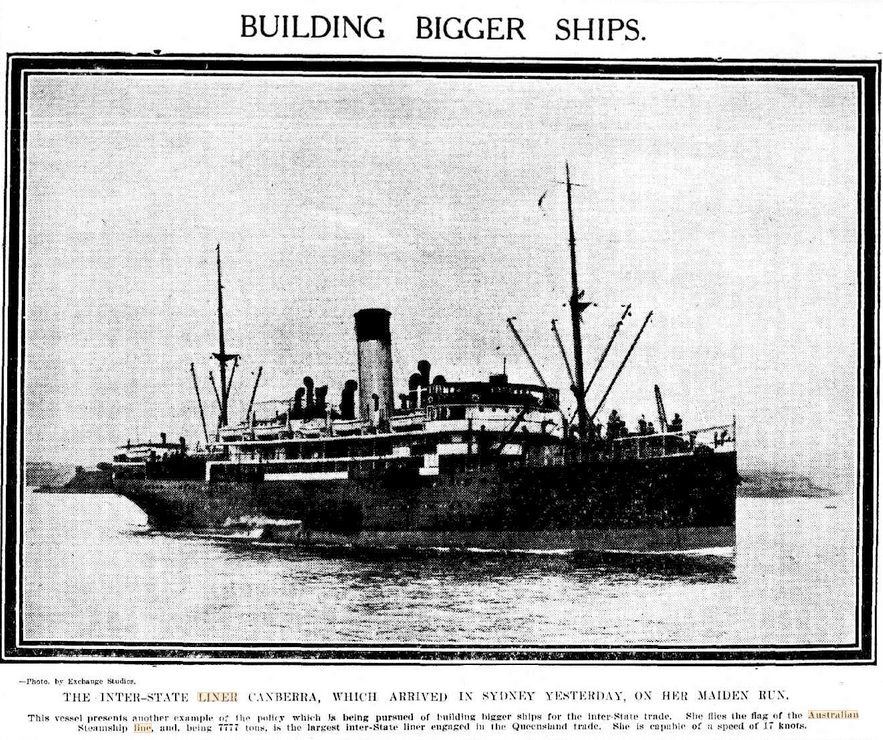
The Daily Telegraph (Sydney), 3rd May 1913 page 15.
For all comments and questions, please use the Contact page.
